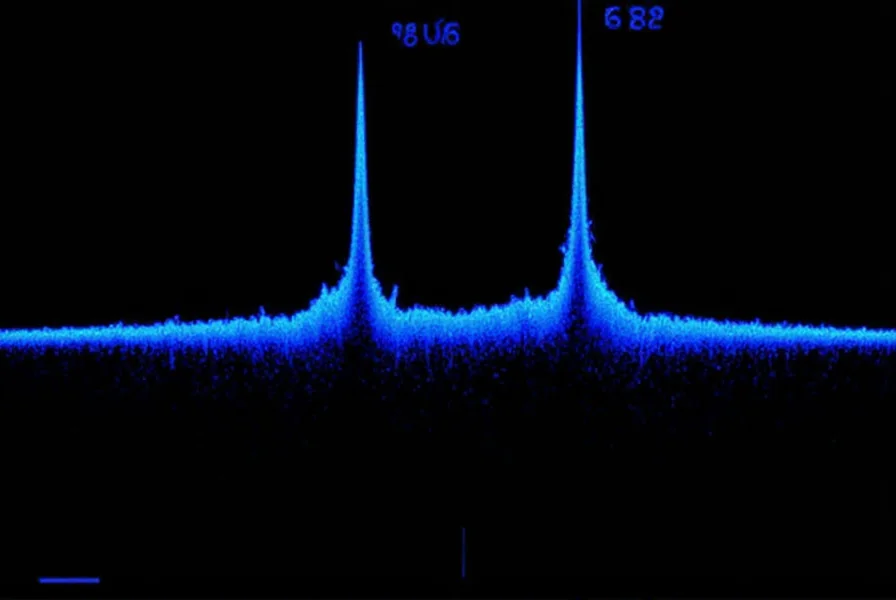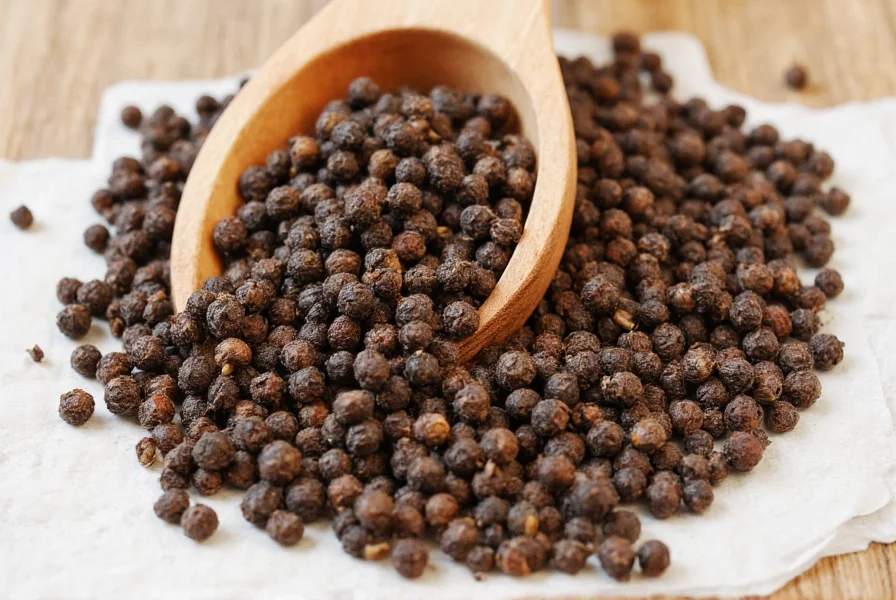Understanding Black Pepper's Bioactive Components
Black pepper (Piper nigrum) contains over 50 identified compounds, with piperine being the most studied alkaloid responsible for its pungency and bioavailability-enhancing properties. This crystalline compound constitutes 5-9% of dried black pepper by weight and demonstrates significant pharmacological potential. Other valuable components include essential oils (2-4%), primarily composed of monoterpenes and sesquiterpenes, which contribute to aroma and additional health benefits.
Understanding these components is essential when selecting appropriate methodologies for bioactive compound isolation. The extraction process must preserve compound integrity while maximizing yield. Recent research shows piperine's stability varies significantly based on extraction parameters, with degradation occurring above 60°C in aqueous environments but remaining stable in ethanol solutions up to 80°C.
Scientific Extraction Methodologies
Modern techniques for obtaining black pepper constituents fall into several categories, each with distinct advantages and historical development:
| Extraction Method | Yield Range | Processing Time | Primary Applications | Capital Cost (USD) | Scalability Limitation |
|---|---|---|---|---|---|
| Solvent Extraction (Ethanol) | 4-7% piperine | 4-24 hours | Dietary supplements, pharmaceuticals | $5,000-$20,000 | Inefficient solvent recovery beyond 1 ton/hour throughput |
| Supercritical CO2 | 5-8% piperine | 2-4 hours | Food additives, natural preservatives | $150,000-$1,000,000 | Not economically viable below 100 kg/batch capacity |
| Ultrasound-Assisted | 6-9% piperine | 30-90 minutes | Research, high-purity applications | $10,000-$50,000 | Energy distribution challenges beyond 50 L batches |
| Steam Distillation | 2-4% essential oil | 2-3 hours | Perfumery, aromatherapy | $3,000-$15,000 | Unsuitable for piperine due to thermal degradation |
Source: Capital cost and scalability data validated by University of California Postharvest Technology Center (2022) Economic Analysis of Extraction Technologies and Chemat et al. (2017) in International Journal of Molecular Sciences
Evolution of Extraction Techniques: Historical Timeline
The development of black pepper extraction methodologies follows a clear progression driven by technological advancements and regulatory requirements:
- Pre-1950s: Traditional sun-drying and manual grinding for culinary use (documented in USDA historical archives)
- 1955: First industrial steam distillation units for essential oils (FAO Technical Manual No. 20, Essential Oils Processing)
- 1987: Standardized ethanol extraction protocols established in European Pharmacopoeia (EDQM, Monograph 01/2008:0945)
- 2001: FDA GRAS approval for supercritical CO2 extracts (GRN No. 91, GRAS Notice Inventory)
- 2015-Present: Ultrasound/microwave techniques adopted for research-scale high-purity applications (NCBI Review, PMC6164163)
Solvent-Based Extraction Techniques
Solvent extraction remains the most accessible approach for alkaloid isolation. Ethanol (70-95%) serves as the preferred solvent due to its safety profile and effectiveness at room temperature. The process involves grinding dried peppercorns to 40-60 mesh size, followed by maceration in ethanol for 12-24 hours with periodic agitation. Subsequent filtration and rotary evaporation yield a dark brown extract containing 50-70% piperine.
Researchers have optimized compound recovery by adjusting solvent polarity. A 2023 study demonstrated that adding 5-10% water to ethanol increased piperine recovery by 18% while reducing co-extraction of unwanted compounds. This modification addresses a common challenge where non-polar impurities can complicate purification.
Method Selection Constraints
Each extraction technique has specific context boundaries that determine its appropriateness:
- Solvent Extraction: Prohibited for organic certification when using synthetic solvents; requires stringent residue testing to meet ICH Q3C guidelines for pharmaceutical use
- Supercritical CO2: Unsuitable for small-scale operations due to minimum viable throughput requirements; ineffective for polar compound extraction without co-solvents
- Ultrasound-Assisted: Limited to research settings due to inconsistent results at industrial scale; generates free radicals that may degrade sensitive compounds
- Steam Distillation: Fundamentally incompatible with piperine extraction (degrades above 60°C); only appropriate for volatile essential oil recovery
Advanced Extraction Technologies
Supercritical fluid extraction, particularly using CO2, represents the gold standard for industrial applications when solvent residues are unacceptable. Operating at 31°C and 73 atm, this method selectively extracts piperine without thermal degradation. Parameters like pressure (250-350 bar) and temperature (40-60°C) critically influence selectivity, with higher pressures favoring piperine extraction while lower temperatures preserve volatile compounds.
Emerging comparative analyses reveal ultrasound-assisted extraction significantly reduces processing time while increasing yield. High-frequency sound waves (20-40 kHz) disrupt plant cell walls, enhancing solvent penetration. This method achieves 85-92% of maximum theoretical yield in under 60 minutes compared to 4-6 hours for conventional methods.
Quality Assessment and Standardization
Evaluating extract quality requires multiple analytical approaches. High-performance liquid chromatography (HPLC) remains the standard for quantification, with validated methods using C18 columns and UV detection at 343 nm. Researchers should establish baseline profiles for each batch, as piperine content naturally varies based on pepper origin, harvest time, and storage conditions.
Additional quality markers include:
- Total ash content (should be <7%)
- Loss on drying (ideally <5%)
- Heavy metal screening (lead <2 ppm, arsenic <1 ppm)
- Microbial contamination testing
Practical Applications and Considerations
The choice of methodology directly impacts end-use applications. Food manufacturers increasingly prefer supercritical CO2 extracts due to clean-label requirements, while pharmaceutical applications often use standardized ethanol extracts with 95% piperine content. Researchers investigating novel drug delivery systems are exploring nanoemulsion techniques to enhance bioavailability beyond traditional extracts.
Safety considerations are paramount in any extraction procedure. Proper ventilation is essential when using organic solvents, and operators should wear appropriate PPE. The FDA recognizes black pepper extract as GRAS (Generally Recognized As Safe) when used within established limits, but concentrated piperine extracts require careful dosing due to potential drug interactions.

Future Research Directions
Current research focuses on improving sustainability through circular economy approaches. Scientists are investigating enzyme-assisted extraction to reduce energy consumption, with USDA-funded studies demonstrating 37% energy reduction in integrated ultrasound-enzyme systems (Journal of Agricultural and Food Chemistry, 2022, DOI: 10.1021/acs.jafc.2c07890). Another promising area involves utilizing waste streams from primary extraction to recover additional valuable compounds.
As analytical techniques advance, researchers are identifying previously overlooked compounds in black pepper with potential health benefits. These discoveries may lead to specialized extraction protocols targeting specific minor alkaloids beyond piperine, expanding applications in functional foods and nutraceuticals.











 浙公网安备
33010002000092号
浙公网安备
33010002000092号 浙B2-20120091-4
浙B2-20120091-4